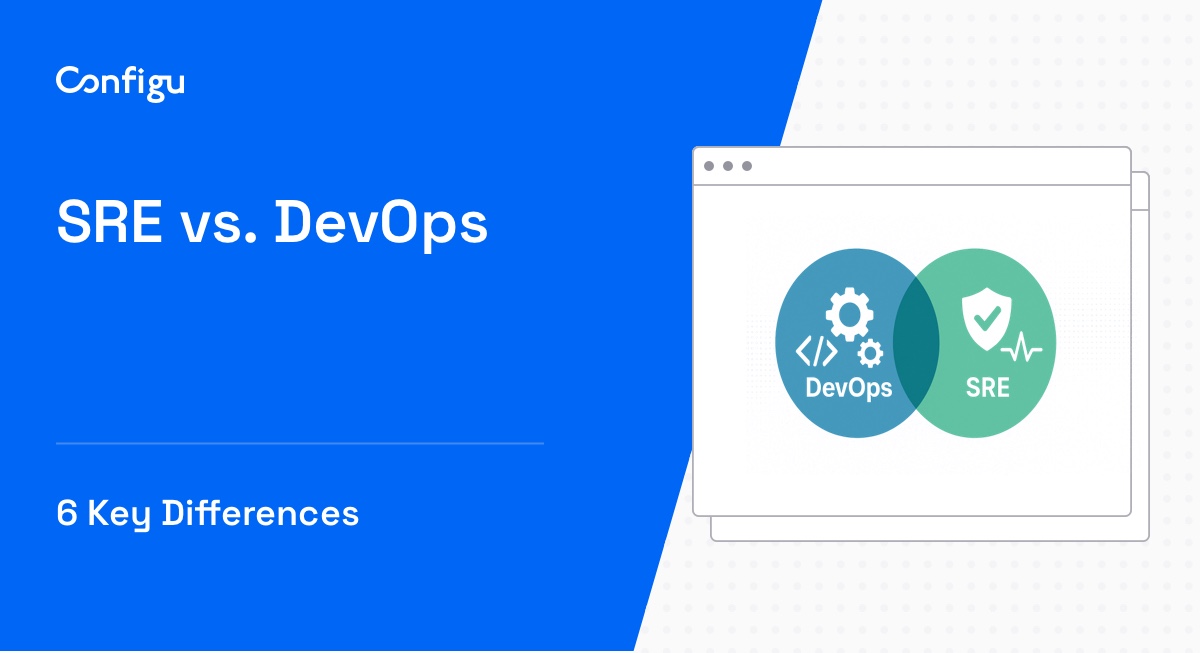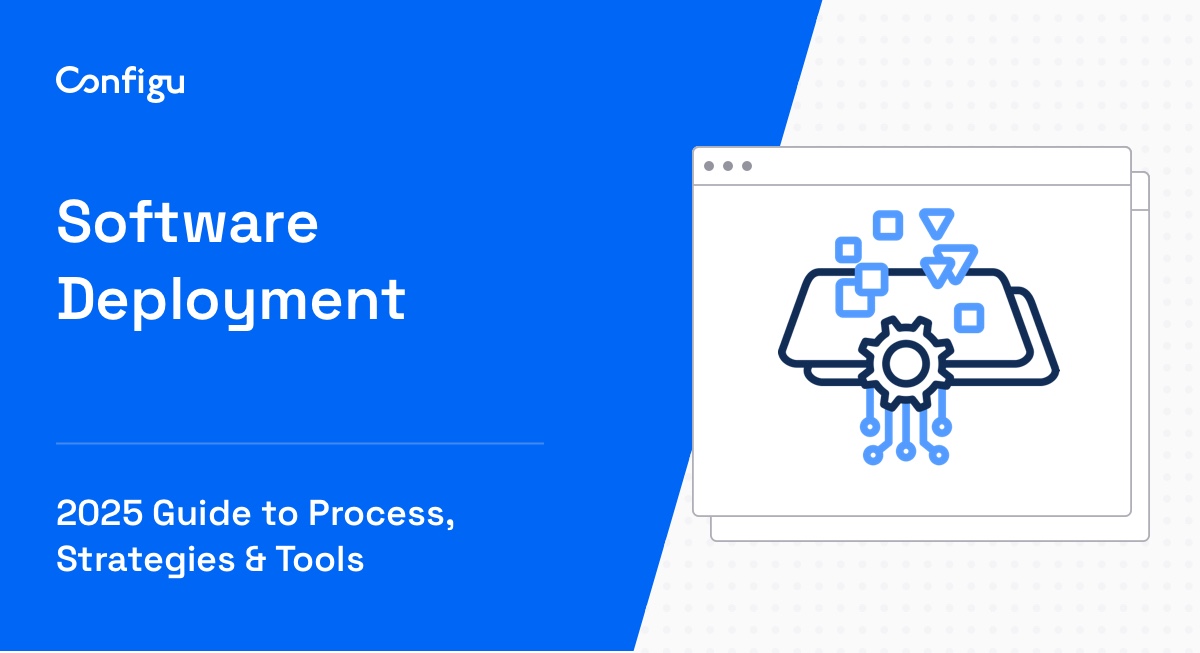What Is LaunchDarkly?
LaunchDarkly is a feature management platform for continuous delivery, allowing development teams to deploy code changes quickly and safely. It helps in decoupling deployment from release, including the rollout of features to different subsets of users without redeploying code. The platform supports feature flagging, which enables dynamic control over feature availability.
By using LaunchDarkly, teams can experiment and iterate rapidly, reduce risk during feature rollouts, and gain more control over application behavior in production environments. Companies can deliver a more tailored user experience by toggling features on and off while gathering data on user interactions and feature performance.
This is part of a series of articles about LaunchDarkly
In this article:
LaunchDarkly Features
LaunchDarkly offers a set of features to enhance the feature management process, ensuring that software releases are consistent, safe, and tailored to user needs. Here are some of the key features:
- Consistent releases: Simplifies feature management, allowing for more consistent and secure releases. The platform provides tools to automate multi-phase rollouts, aligning them with organizational best practices and governance standards. This ensures that new features are introduced smoothly and with minimal risk.
- Automatic remediation of software issues: Helps in detecting and addressing software performance problems before they affect end users. With persistent error and performance monitoring, LaunchDarkly tracks the impact of changes over time. In the event of an issue, actionable alerts provide immediate notifications, and real-time remediation tools enable quick rollbacks.
- Personalized product experiences: Allows for targeting and personalization of features for different customer segments. Using the Segment Builder, teams can set up targeting rules based on existing data sources. Integrations with customer data platforms provide real-time audience data for delivering tailored experiences. Custom targeting contexts enable personalization based on any attribute or variable, not just user identities.
- Embedded experiments: Experimentation is integrated into the feature release process. LaunchDarkly supports the creation of reusable metric groups that align with key business objectives, enabling the measurement of each release’s impact. The platform’s full-stack product experimentation capabilities, supported by a range of SDKs, allow for testing across different environments.
Related content: Configuration-as-Code
Understanding LaunchDarkly Pricing
LaunchDarkly offers three pricing tiers:
Developer Tier
The Developer tier is a free option for individuals or small-scale projects. It is an appropriate starting point for those who want to explore feature management without incurring any initial costs.
This tier includes:
- 1 project: Suitable for a single application or service.
- 3 environments: Allows users to set up different environments such as development, staging, and production.
- Up to 5 service connections per month: Provides a limited number of integrations with other services, ensuring connectivity.
- 1k contexts per month: Supports up to 1,000 unique user contexts, enabling users to test features with a controlled user group.
- 10k experimentation keys per month: Allows users to run experiments with up to 10,000 unique feature flags.
Foundation Tier
The Foundation tier is priced at $12 per month and is for growing teams that require more flexibility and scalability. This covers either 1 monthly service connection or 1,000 monthly contexts. For those needing more experimentation keys, an additional $33 per month is required for 10,000 keys.
This tier includes all the features of the Developer tier plus:
- Unlimited projects: Teams can manage multiple applications or services without any restrictions.
- Unlimited environments: Users can create as many environments as needed to mirror the development workflow.
- Unlimited seats: Supports adding as many team members as required, enabling collaboration.
- Single sign-on (SSO): Enhances security and simplifies user management by integrating with the existing identity provider.
- Scale experimentation with additional keys: Allows for more extensive experimentation, providing the ability to purchase additional experimentation keys as needed.
Enterprise Tier
The Enterprise tier offers feature management and experimentation for large organizations. Pricing is custom, based on the organization’s needs, requiring companies to contact LaunchDarkly sales for detailed information.
This tier includes all features in the Foundation tier plus:
- Advanced user targeting: Provides granular control over which users see specific features, enabling highly personalized user experiences.
- Release automation: Automates the feature release process, reducing manual effort and minimizing errors.
- Release monitoring: Offers insights and analytics on feature performance, helping teams make data-driven decisions.
- Workflows, scheduling, and approvals: Enables structured release processes with built-in workflows and approval mechanisms.
- SAML/SCIM integration: Improves security and user management with enterprise-grade identity and access management solutions.
- Custom roles and teams: Allows for tailored role-based access control, ensuring the right team members have appropriate permissions.
Tips From the Expert
In my experience, here are tips that can help you better leverage LaunchDarkly:
- Leverage feature flagging for gradual rollouts: Utilize percentage rollouts to gradually introduce new features to users. This can reduce the risk of widespread issues by allowing you to monitor the feature’s performance on a smaller scale first.
- Use custom attributes for advanced targeting: Define and use custom attributes beyond just user identity for more granular targeting. For example, target users based on behavior, subscription plan, or geographic location.
- Automate cleanup of stale flags: Implement a process to identify and remove outdated or unused feature flags. This helps maintain a clean and manageable configuration and reduces technical debt.
- Implement safety nets for critical flags: For high-impact features, set up additional safeguards, such as automatic rollback triggers based on error rates or performance metrics.
- Document feature flag usage thoroughly: Maintain comprehensive documentation of each feature flag’s purpose, associated risks, and rollback plans. This is crucial for team alignment and quick troubleshooting during incidents.
Is LaunchDarkly Worth the Cost?
When evaluating whether LaunchDarkly is worth the investment, especially for small to midsize companies, several key factors should be considered.
Pros
- Ease of use for beginners: For companies just getting started with feature flags, the Developer tier offers a cost-effective entry point. This tier allows teams to release features to select users without significant upfront costs.
- Controlled feature rollouts: LaunchDarkly provides control over feature availability, enabling companies to experiment and iterate quickly. This can lead to faster, more informed decision-making and reduced risk during deployments.
Cons
- Limited data access: One major drawback is the lack of data export capabilities in the Enterprise plan by default. For SaaS companies that rely on detailed data analysis to optimize their offerings, this can be a significant limitation, requiring additional investment to gain full access to their data.
- Extra cost for experimentation: Experimentation tools are not included in the base price for Pro and Enterprise plans. This additional cost suggests that LaunchDarkly does not view experimentation as a core service, which might deter companies that rely heavily on A/B testing and similar methodologies for growth and customer retention.
- Setup complexity: Many users report that the initial setup of LaunchDarkly is complex and time-consuming. This can lead to a delay in realizing the platform’s benefits, as teams spend valuable time navigating the setup rather than focusing on development.
- Confusing terminology and UI: The platform’s terminology and user interface can be difficult to understand, even for technical teams. This complexity can lead to inefficiencies and increased training time, further delaying productive use.
- Integration challenges: Users have noted difficulties with integrating LaunchDarkly with other tools and services. This integration friction can result in wasted budget and additional costs, either in terms of time spent troubleshooting or the need for third-party solutions to bridge gaps.
Feature Flags with Configu
Configu is a configuration management platform comprised of two main components:
Configu Orchestrator
As applications become more dynamic and distributed in microservices architectures, configurations are getting more fragmented. They are saved as raw text that is spread across multiple stores, databases, files, git repositories, and third-party tools (a typical company will have five to ten different stores). Configu can work as a stand-alone platform or as an orchestrator for secrets managers, feature flags and other stores. It has built-in support for popular feature flag managers, such as Launch Darkly.
The Configu Orchestrator, which is open-source software, is a powerful standalone tool designed to address this challenge by providing configuration orchestration along with Configuration-as-Code (CaC) approach.
Configu Cloud
Configu Cloud is the most innovative store purpose-built for configurations, including environment variables, secrets, and feature flags. It is built based on the Configu configuration-as-code (CaC) approach and can model configurations and wrap them with unique layers, providing collaboration capabilities, visibility into configuration workflows, and security and compliance standardization.
Unlike legacy tools, which treat configurations as unstructured data or key-value pairs, Configu is leading the way with a Configuration-as-Code approach. By modeling configurations, they are treated as first-class citizens in the developers’ code. This makes our solution more robust and reliable and also enables Configu to provide more capabilities, such as visualization, a testing framework, and security abilities.



